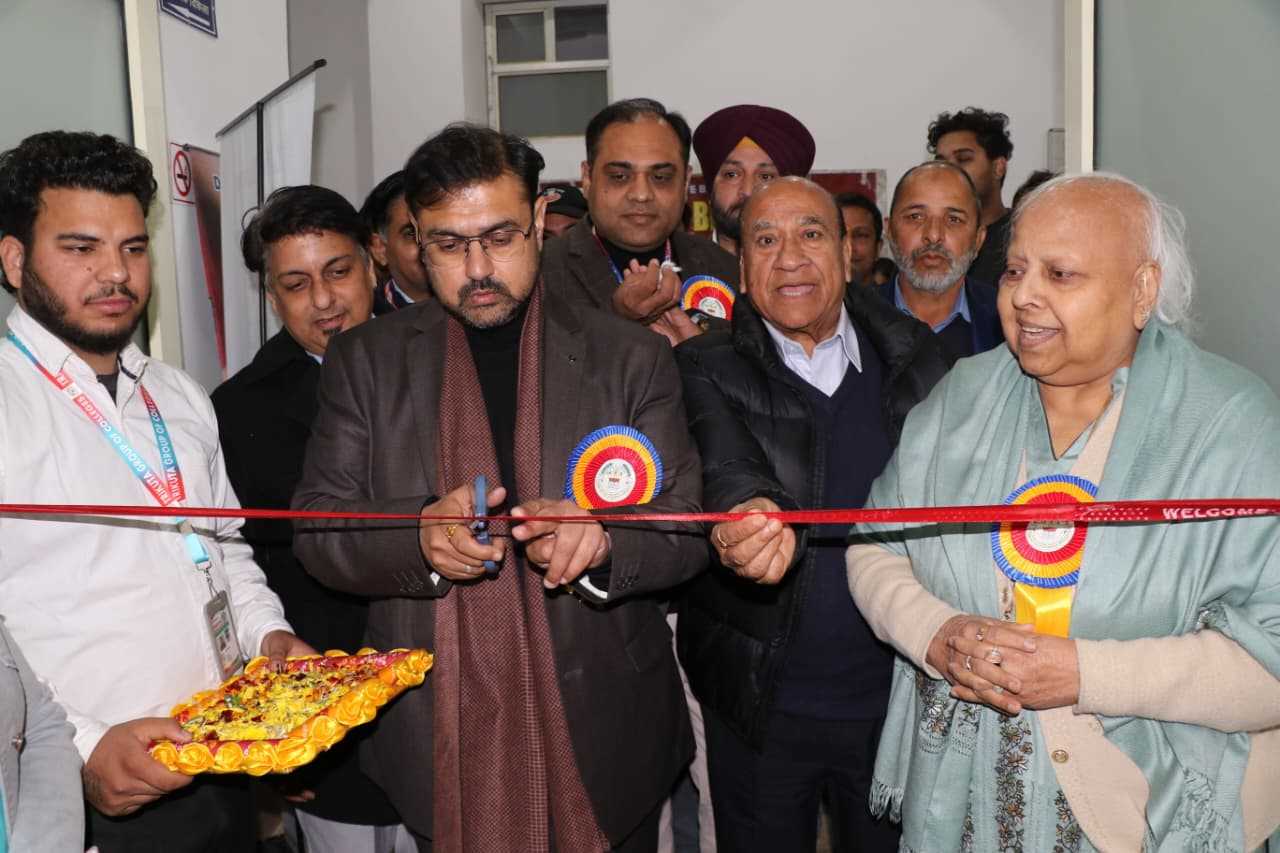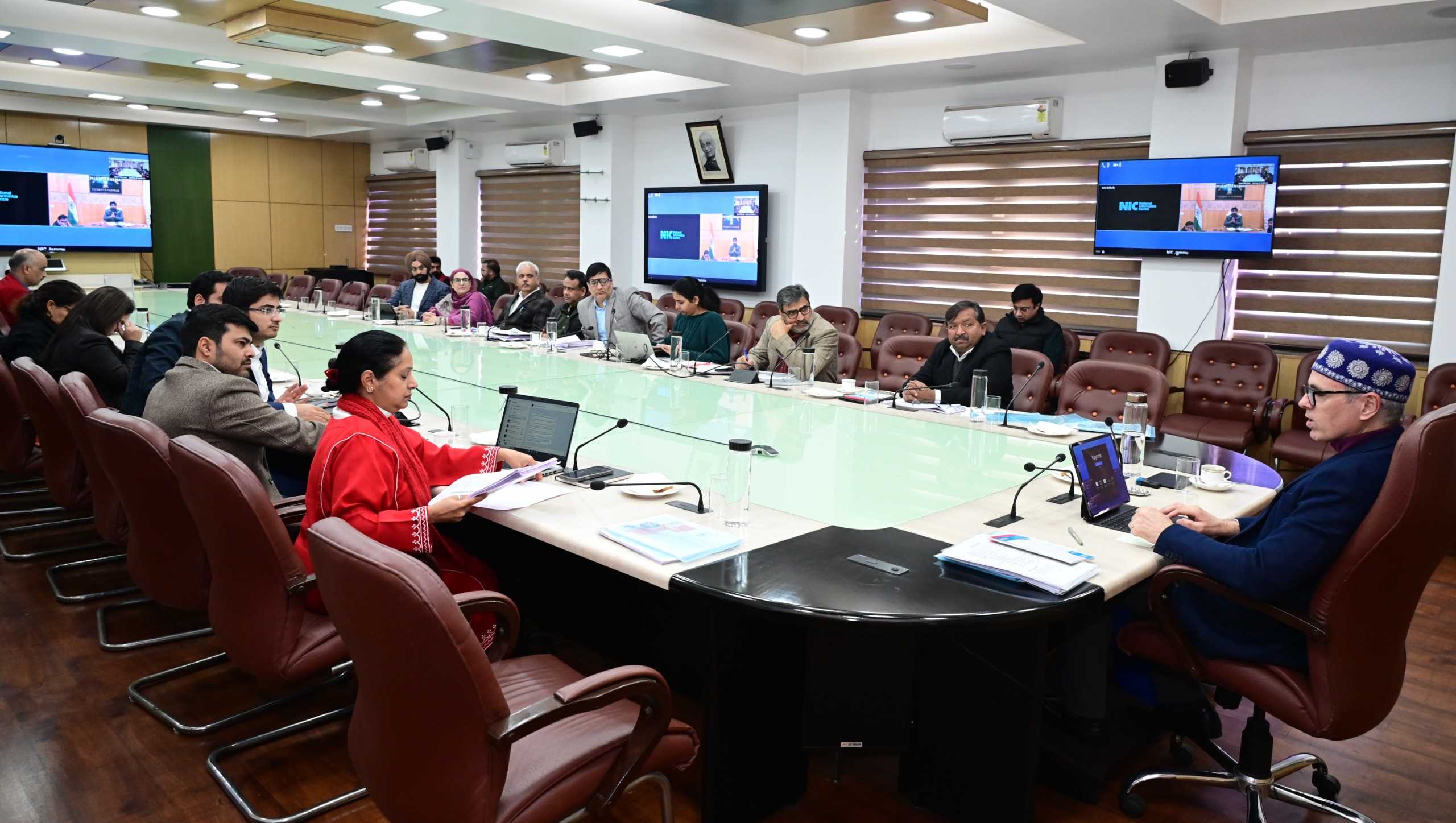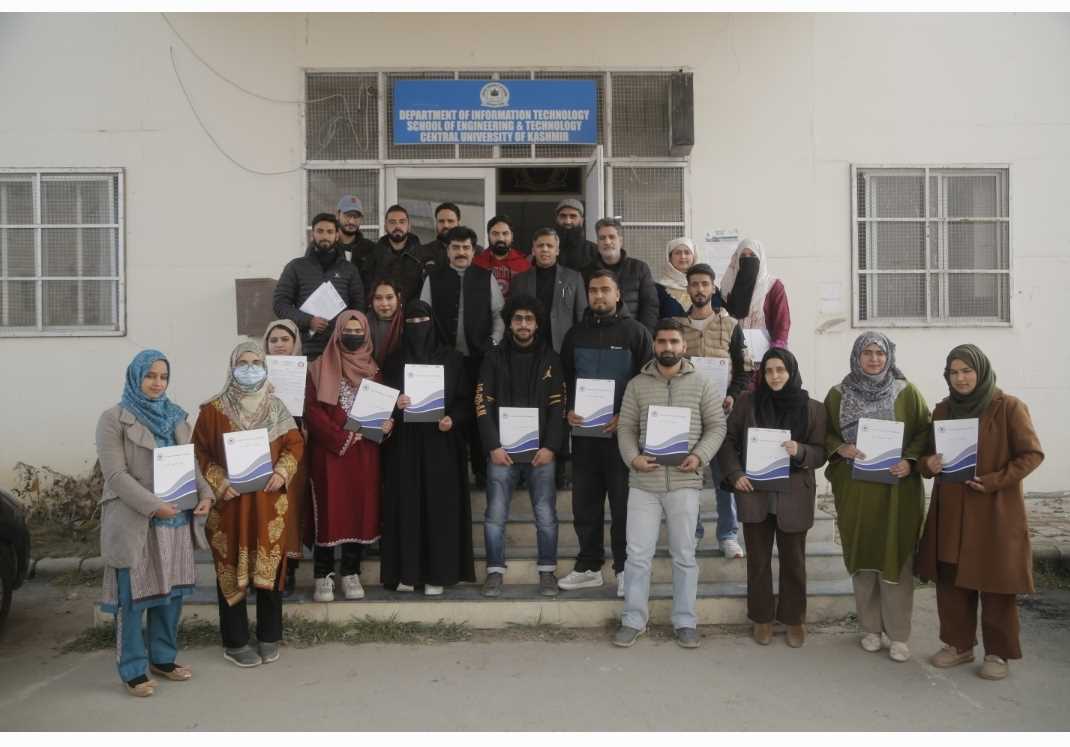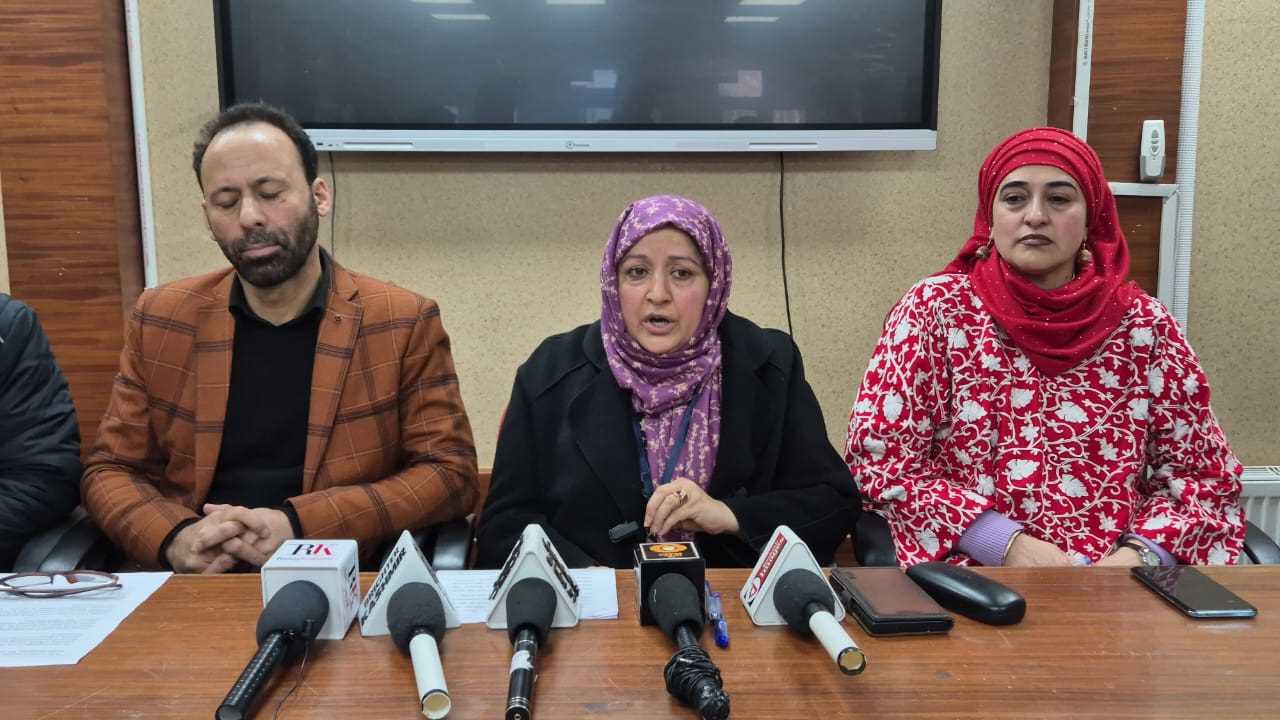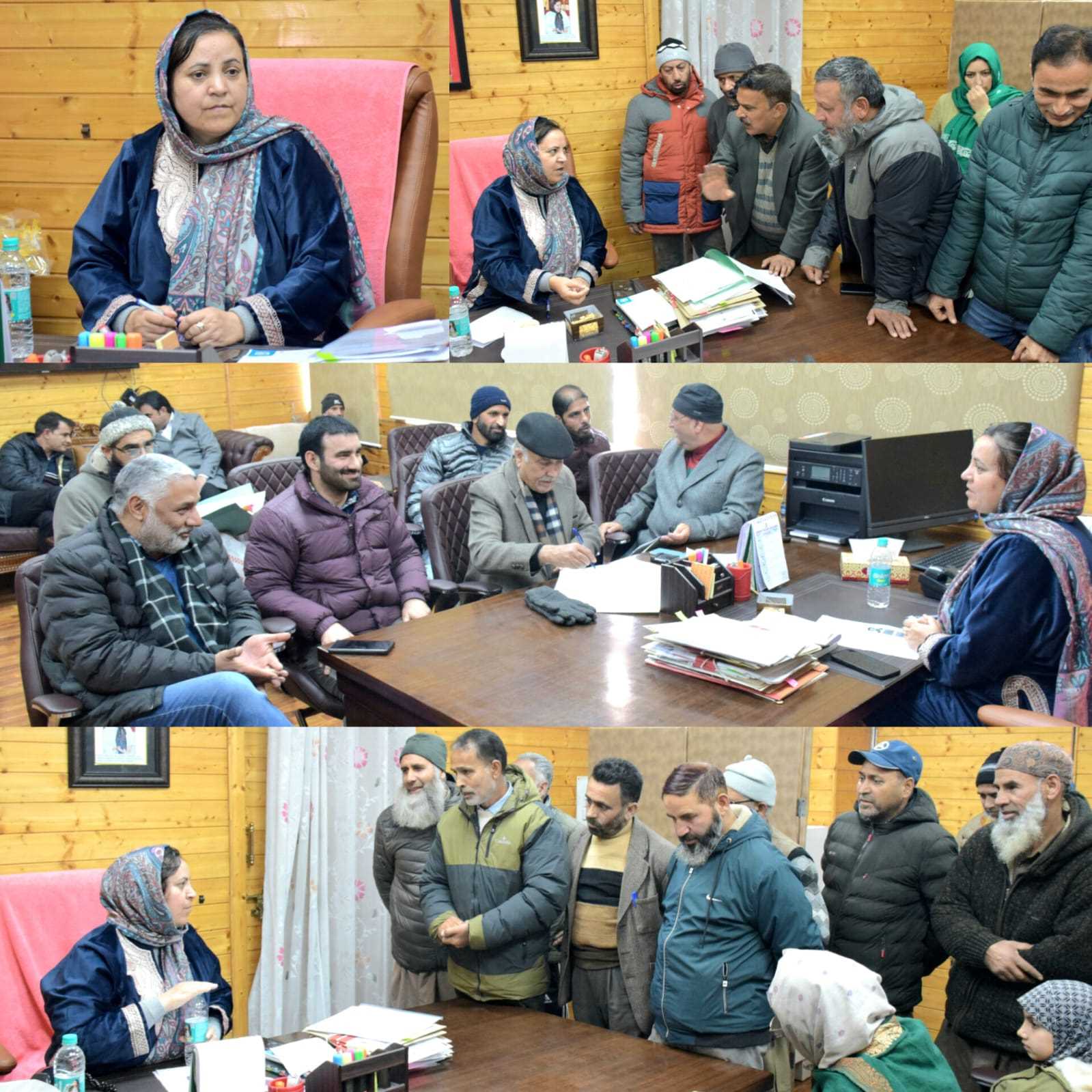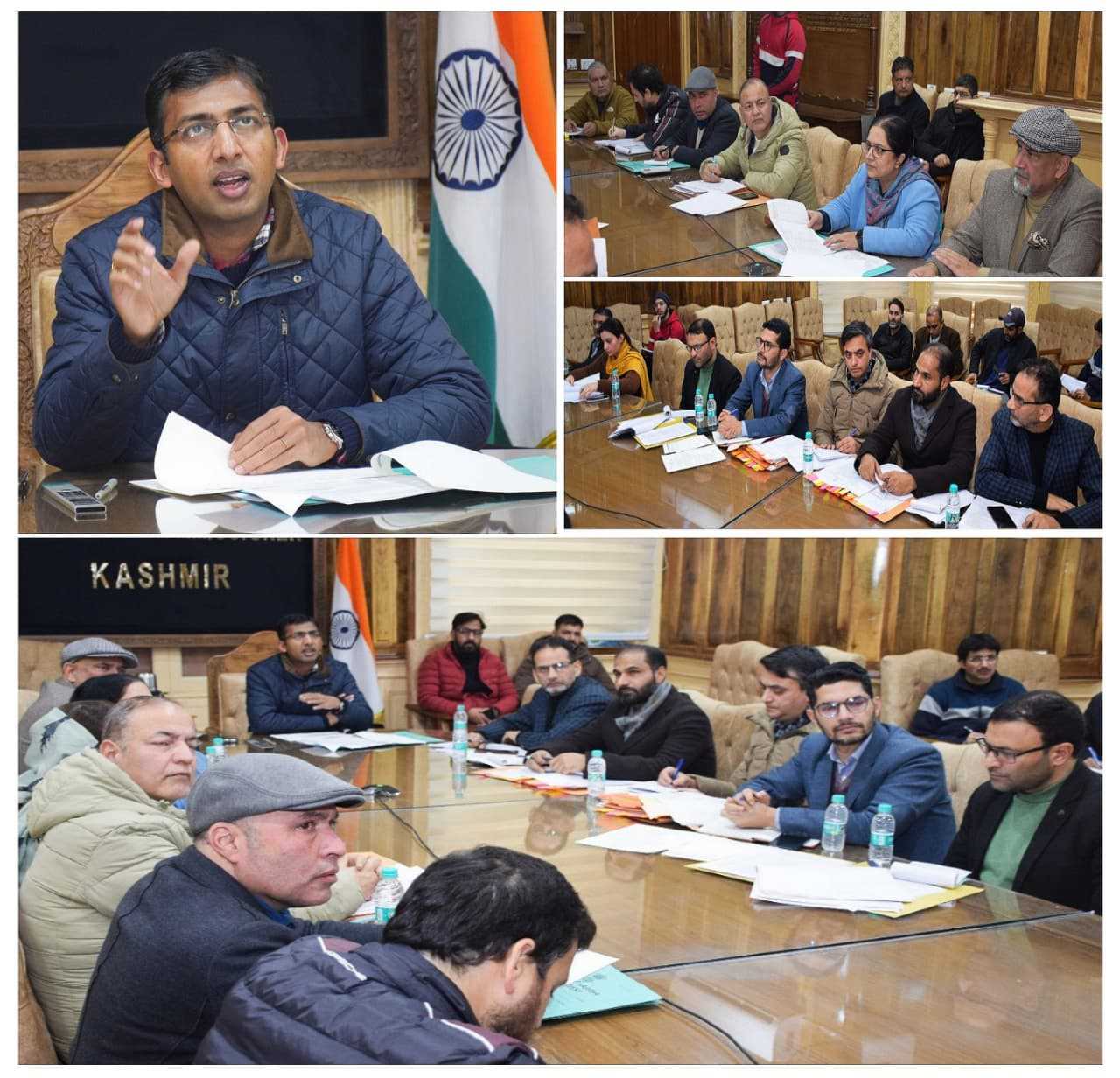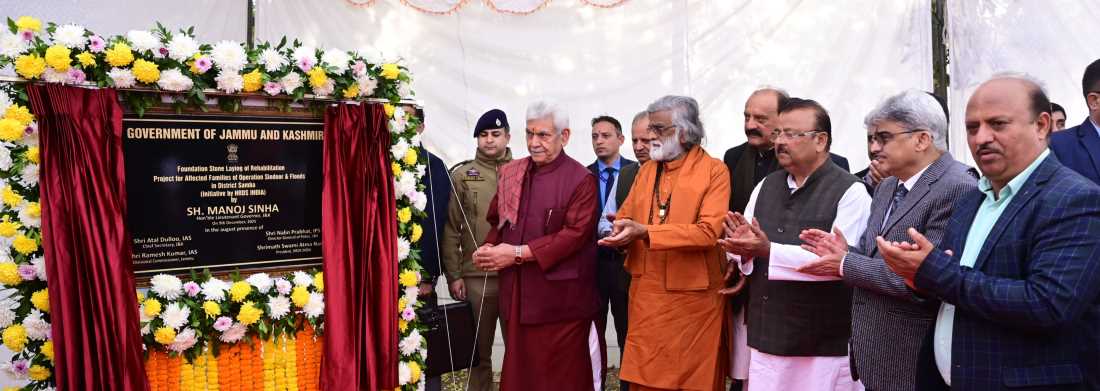Migration from the hills of Uttarakhand has not only emptied thousands of homes—it has also silenced local governance. As youth and working-age families leave in search of better livelihoods, education, and healthcare, they leave behind what are now known as “ghost villages”—settlements where the population has either declined drastically or disappeared altogether.
According to official reports, over 1,200 villages in Uttarakhand have either become completely deserted or are on the verge of abandonment. Most of these are located in the hill districts such as Pauri Garhwal, Almora, Tehri, and Chamoli, where difficult terrain, lack of infrastructure, and limited economic opportunities push people to migrate toward the plains or to urban centers across India.
The irony is striking: leaders are being chosen to represent villages that no longer have a voice
The Administrative Void
With no people left to govern, Panchayats become ineffective. Development funds lie unused or are misallocated, basic services like schools and health sub-centres shut down due to lack of demand, and any remaining residents—usually the elderly—feel isolated and abandoned by the system.
In places where villagers return only during festivals or agricultural seasons, governance becomes seasonal too. Gram Sabhas (village meetings), which are essential for participatory democracy, either don’t happen or have poor attendance. “How can we hold a Gram Sabha when there is no gram (village) left?” asked one frustrated Panchayat member from Pauri.
Experts suggest that Panchayat boundaries need redrawing and that “ghost” or low-population villages should be integrated into more active administrative units. Others call for stronger efforts to reverse migration through employment schemes, rural tourism, improved education, and digital connectivity.
The silent Panchayats of Uttarakhand are a warning bell. As governance structures begin to mirror the emptiness of the villages they serve, the state must urgently act to revive its rural heartland—before the echoes of democracy are lost entirely in the hills.
Over 3.83 lakh villagers have migrated from Uttarakhand in the last decade—driven primarily by lack of livelihoods, education, and healthcare—according to the 2018 Migration Commission report
734 villages became completely deserted between 2011 and 2017, with another 565 losing more than half their populations in the same period
District wise data shows Pauri Garhwal alone had 331 ghost villages, followed by Almora (105) and Pithoragarh (103) .
The Human Toll: Voices from the Hills
In Bilkhet (Pauri), 90 year old Biccha Devi laments:
“No one comes now. Everyone has left. The house is in shambles and I am dragging by, somehow
Email:-------------------swatidumka620@gmail.com





